What is a boarding suitcase?
A boarding suitcase is a box designed specifically for air travel and is used to carry passengers' luggage. There are two types of airline luggage: hand luggage and checked luggage, and boarding suitcases are exclusively hand luggage that can be carried on board without the need for check-in procedures.
The size of the boarding suitcase, according to the International Air Transport Association (IATA) on the boarding luggage size regulations is the length, width and height of the three sides of the sum of not more than 115cm, that is, 20 inches and 20 inches below the trolley suitcase.
However, this is not a uniform standard and varies from airline to airline, and for various reasons, the standards of each airline are in flux.
Common suitcase sizes
Common luggage sizes are mainly 20", 24", 28", 32" and other different sizes.
20 inch and 20 inch below the boarding suitcase, can carry on, do not need to check-in procedures. 20 inch and 30 inch between the luggage, need to check-in procedures.
30 inch is the international check-in maximum free check-in size, the sum of the three sides for 158cm. domestic aircraft regulations of the standard size 32 inch, is the length and width of the luggage and the sum of height is not greater than 195cm.

- 20 inch luggage, the sum of length, width and height is not greater than 115cm, common design size for 52cm, 36cm, 24cm. small and exquisite, suitable for young consumers.
- 24-inch luggage, the sum of length, width and height is not greater than 135cm, the common design size of 64cm, 41cm, 26cm. is the most suitable for the public luggage.
- 28 inch luggage, the sum of length, width and height is not greater than 158cm, the common design size is 76cm, 51cm, 32cm. suitable for businessmen who are always on the move.
- 32 inch luggage, the sum of length, width and height is not greater than 195cm, no common design size, need to customize. Suitable for long-distance travel and self-drive tours.
Maximum size of boarding suitcase

Maximum size of boarding suitcases for domestic flights
Firstly, there is the 18" boarding suitcase, which is a more suitable size for a person travelling alone. Then there is the 20" suitcase, which is a little smaller because it is less than 115cm long, wide and high, but at the same time has a lot of space.
This is the largest size available, but anything 22" and above will need to be checked in. Because of their large aspect ratio, they are not easy to carry on the plane.
Maximum boarding size for international flights
The new maximum dimensions for boarding suitcases on international flights are now 54.61cm X 34.29cm X 19.05cm. Although this is a little smaller than the regulation size for some joint flights, and its capacity to hold less stuff is also a little smaller.

As far as passengers who have ever had to check their luggage because of the size of their suitcase are concerned, passengers will be asked to check their luggage as long as it is larger than the maximum size. Therefore, unless it is necessary, passengers should reduce unnecessary items to avoid being asked to check them in.
Do the dimensions of a boarding suitcase include the size of the wheels?
In fact, the size of a boarding suitcase is measured including the wheels, as they take up a certain amount of space when the passenger's luggage is checked in. Therefore, the airline limits the size of a suitcase when travelling by air and includes all the parts of the suitcase.
Size requirements for boarding suitcases on international flights

Please refer to the Airline Carry-On Guide.
Weight requirements for boarding suitcases
In addition to the size and weight requirements, you must also meet the weight requirements for your suitcase to be carried on board the aircraft. The general rule for domestic flights is that each passenger can carry 2 pieces of luggage per person in First Class and 1 piece of luggage per person in Economy Class, provided that the total weight of each piece of luggage does not exceed 5kg. For international flights, the requirement is that each passenger may not carry more than 7kg.

Once a passenger's carry-on baggage exceeds the airline's requirements, the excess must be checked in. There is usually a free check-in allowance, for example 40kg for First Class passengers, 30kg for Business Class passengers and 20kg for Economy Class passengers. As long as they are within this range, they can be checked in free of charge.
Passengers are advised to contact the airline in good time after purchasing their airline ticket to find out the airline's requirements for carry-on luggage items and suitcase sizes. It is best not to exceed the airline's requirements when preparing your luggage, as the requirements may vary depending on the airline you choose, in order to avoid unnecessary problems for yourself.
Items you can take with you

Common everyday items: mobile phones, watches, charging cables, laptops, mobile power, fruit, snacks, clothing, cosmetics, drinks, medicines, baby dairy products and other safety items.
Points to note:
Mobile power: clear and comprehensive table markings, 3C certification, no more than 20,000 mA individually can be taken on board, more than 20,000 mA but not more than 32000 mA need to be approved by the airline before they can be taken on board (Note: lithium batteries cannot be checked in).
Fruits and snacks: those with no irritating taste can be taken on board.
Liquid cosmetics: no more than 100ml per piece, no more than 1 litre in total, excess must be checked in.
Drinks: only those purchased in controlled areas after security check can be brought on board.

Medicines: normal medicines are allowed on board, but if you are carrying essential liquid medicines for diabetes or other illnesses, you may carry them in small quantities after security checks. Liquids, gels and aerosols are exempted if they are accompanied by a doctor's prescription or hospital certificate.
Infant dairy products: only after security clearance.
Note: For important items that cannot be easily checked in and stored on the luggage rack, an occupied baggage service is available for an additional fee. (Carry-on items can be carried on board in a suitcase, school bag or handbag )
Prohibited carry-on items but permitted to be checked in
Sharp objects:

Daily knives (blades longer than 6cm), such as kitchen knives, fruit knives, scissors, utility knives, paper cutters, etc.
Professional knives (no limit on blade length) such as scalpels, butchers' knives, carving knives, paring knives, etc.
Knives, spears, swords, halberds, etc. used in martial arts and cultural performances
Blunt weapons:

Instruments made of metal or other materials that do not have sharp edges or sharp tips and are strong enough to cause serious injury to persons, mainly including sticks (Han telescopic, nunchaku), bats, pool cues, etc.
Other items capable of causing personal injury or posing a greater hazard to aviation safety and transport order, such as drills, hammers, saws, nail guns, screwdrivers, non-standard, etc.
Items prohibited from being carried and checked in
Weapons such as firearms (including major parts)
Explosive or incendiary substances and devices
Controlled instruments
Dangerous goods
Other articles
Items prohibited by the State

Special baggage: Special baggage does not always need to be checked in, for example, musical instruments such as guitars and ukuleles which are not very large and are relatively light can be carried on board.
Special Needs: Passengers who require wheelchair support or a wheelchair should call the appropriate airline 24-48 hours in advance to apply for this service.
Other luggage: this includes bowling balls, diving equipment, kayaks, golf equipment, skiing equipment etc. Please see each airline's baggage instructions for specific requirements.
Tips for organising your luggage

Don't overstuff your suitcase: during the check-in process the suitcase may be crushed under other suitcases, once the suitcase is overstuffed, the slightest bump will greatly increase the likelihood of the suitcase "bursting" inside.
Reasonable use of available space: many people's suitcases are a mess after opening, you can find some videos on the internet to explain how to organise them, so that you can ensure that the space is reasonably used, but also to ensure that the available space is filled, so that the suitcase is not easily deformed during the squeezing process.
If there are not many items, you can find some newspapers or bubble cushions and other items to fill.

Make sure you fill in your luggage tag: check in your luggage with your name and contact details on the inside and outside, or use another nickname instead of your real name if you are concerned about your privacy.
It is also essential to have a luggage tag to prevent the stickers on the outside of the suitcase from being damaged during transport. This will prevent people from contacting you if your suitcase is accidentally taken by mistake or lost.
Keep proof of your valuables: If the items you are checking are valuable, keep the relevant proof of purchase.
Requirements for outer packaging: Do not use soft packaging for your luggage, such as bamboo baskets, netting, plastic bags, etc.


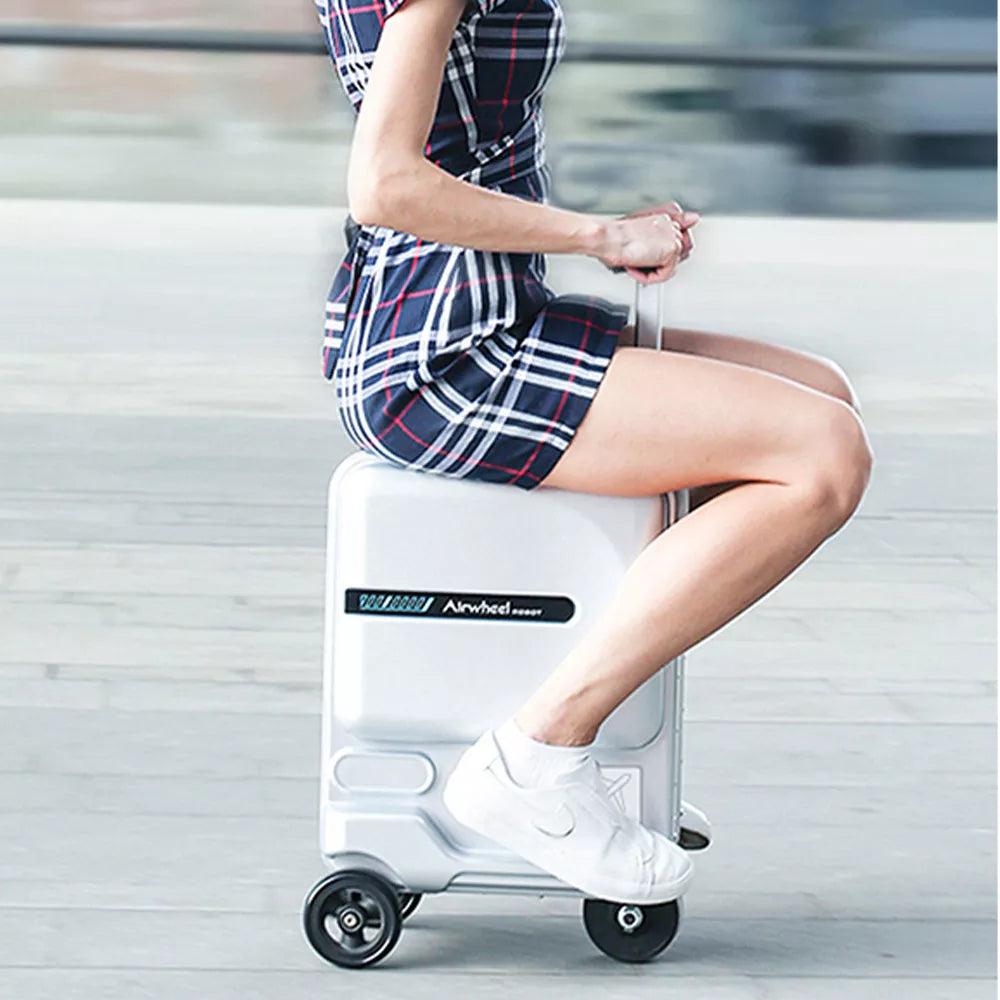


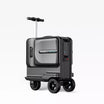

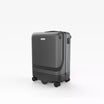
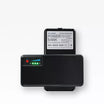
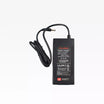








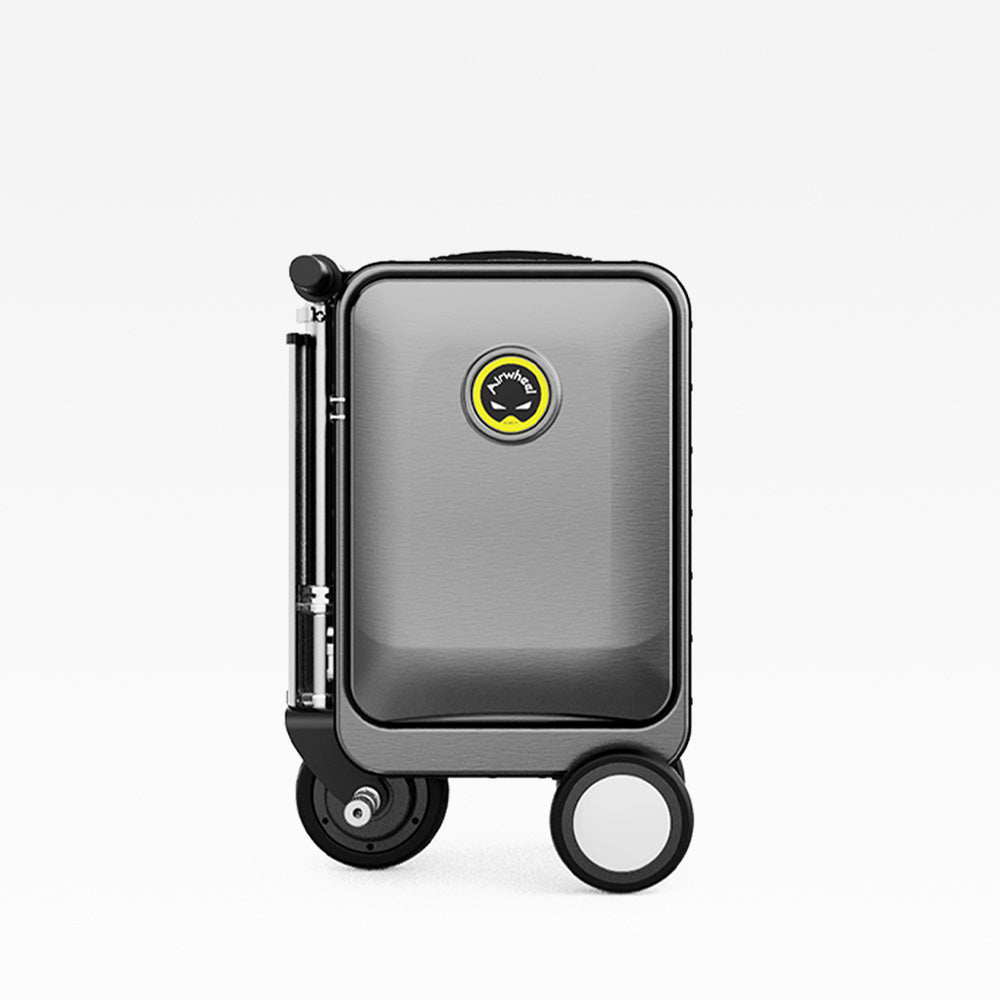

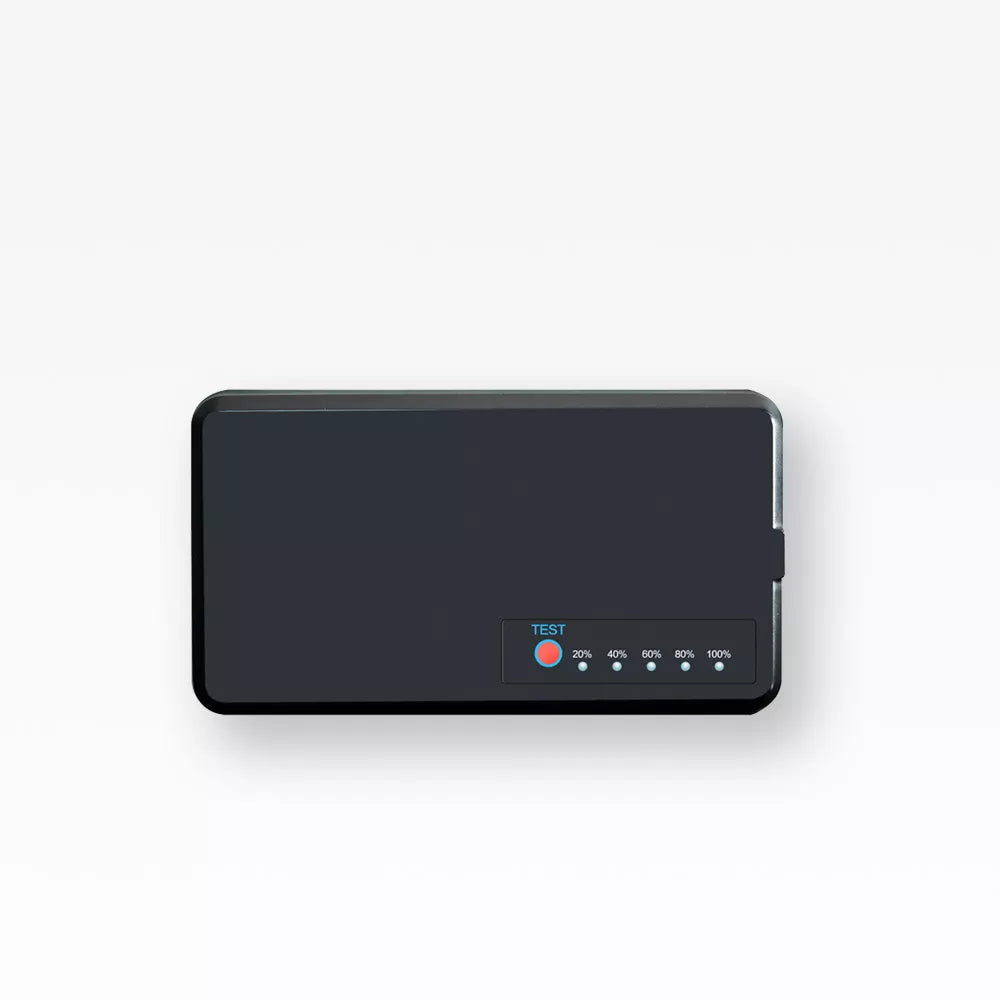

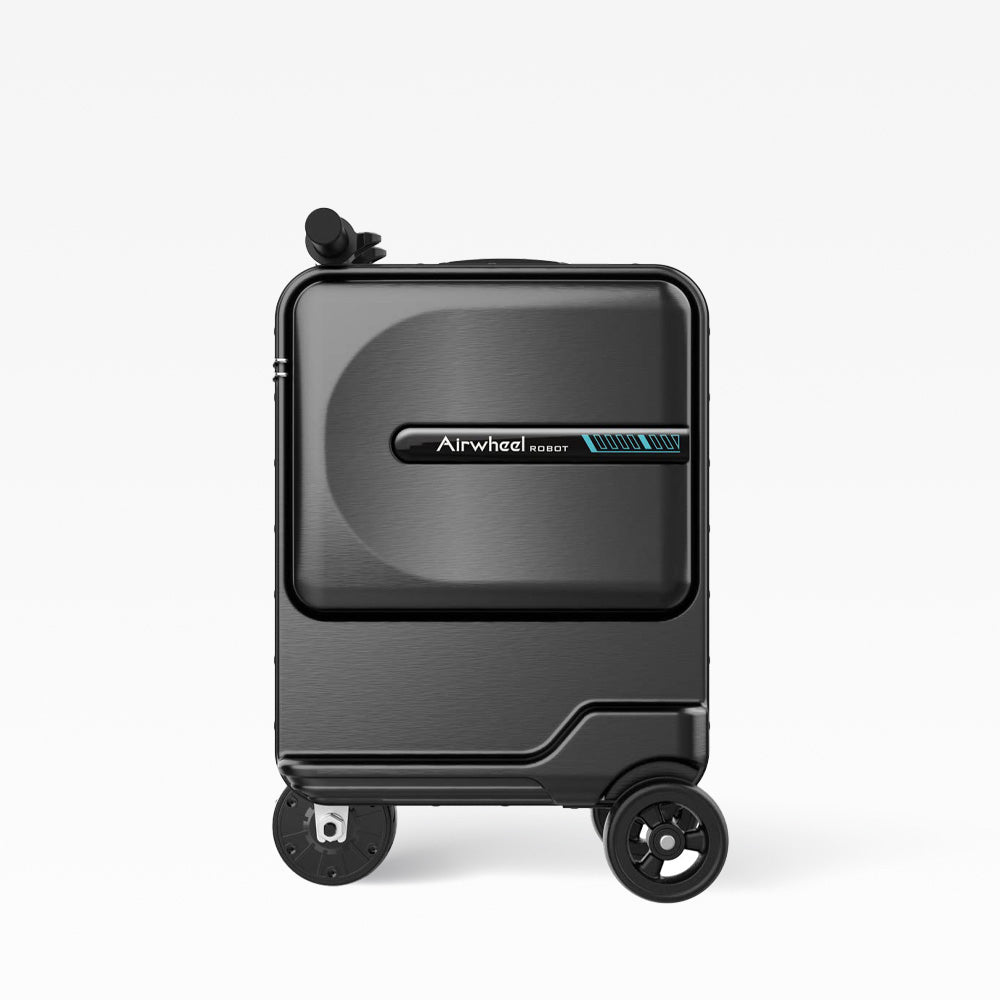
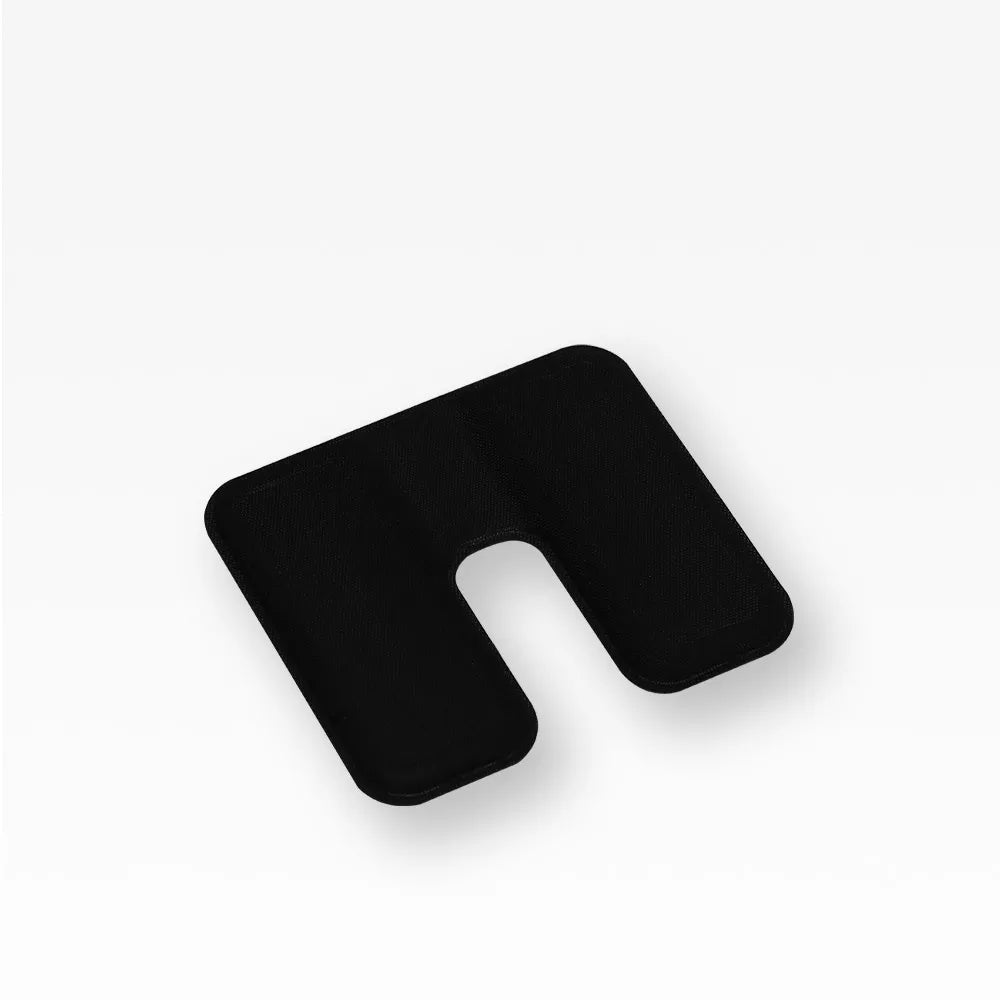
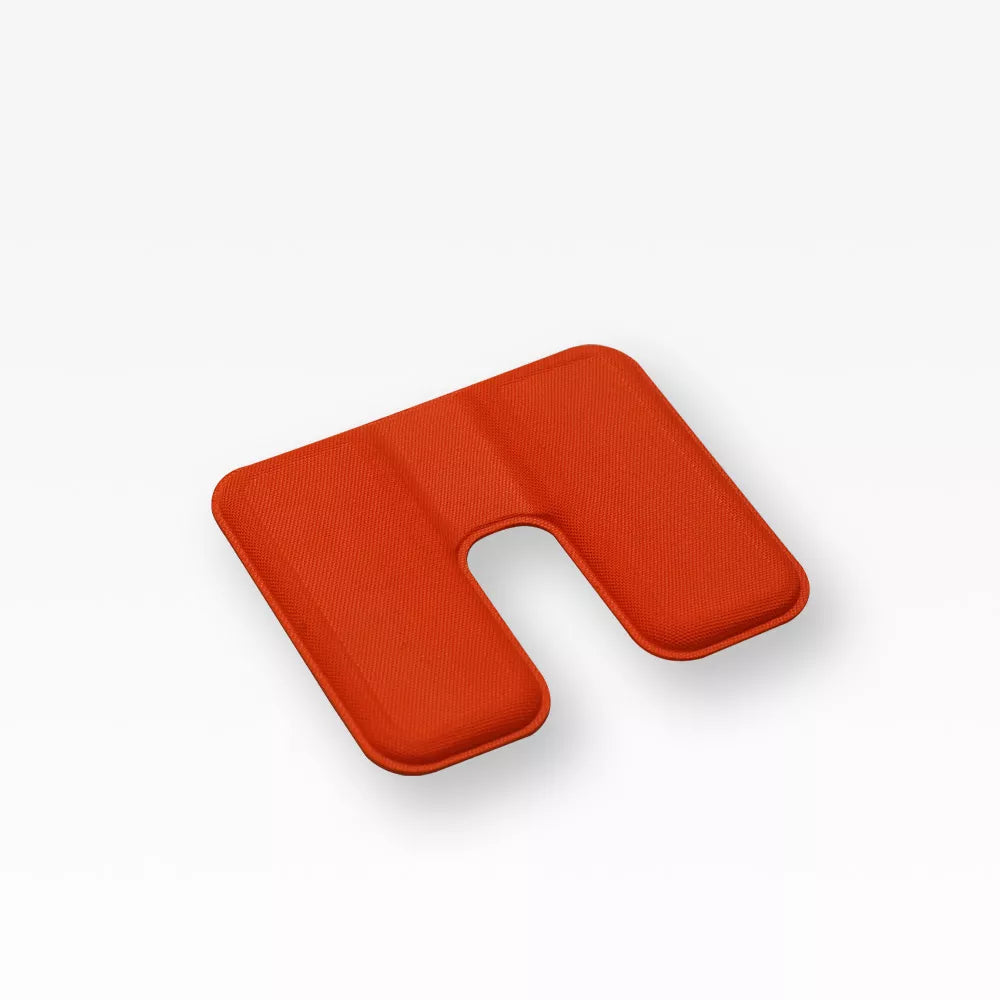





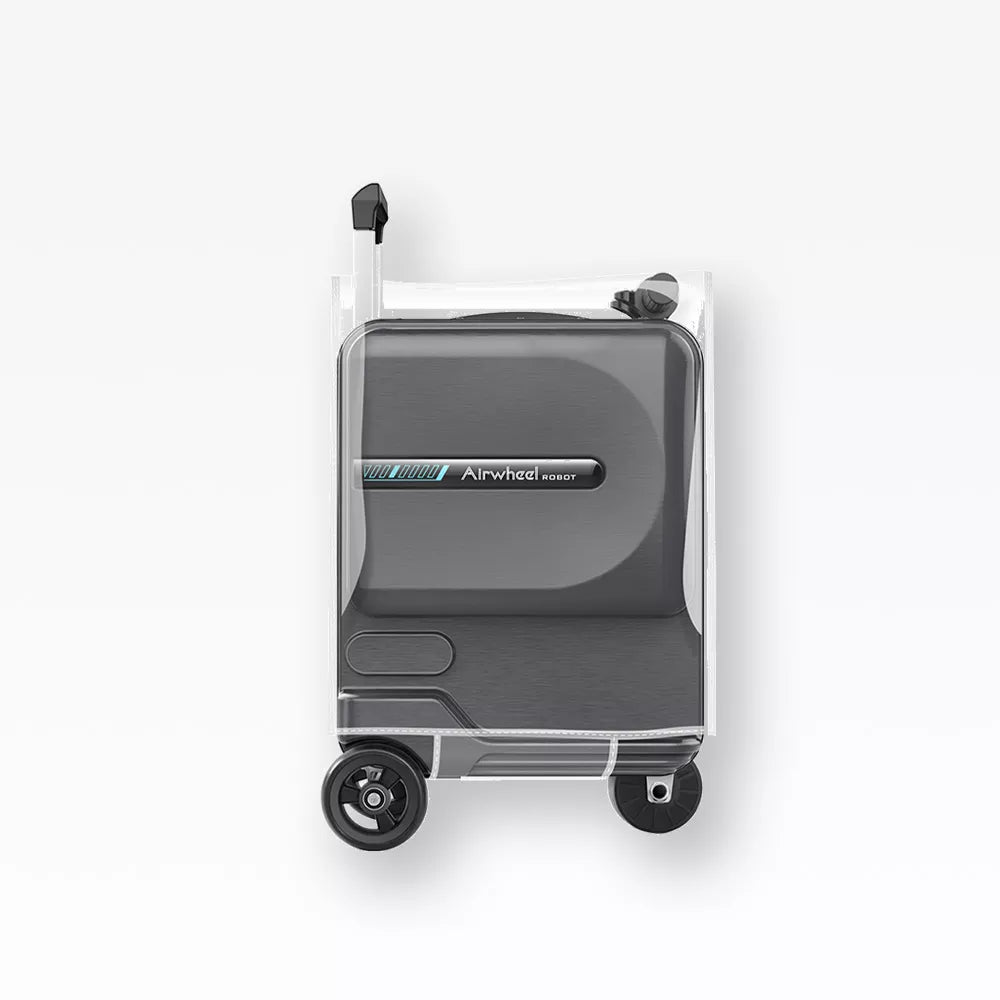
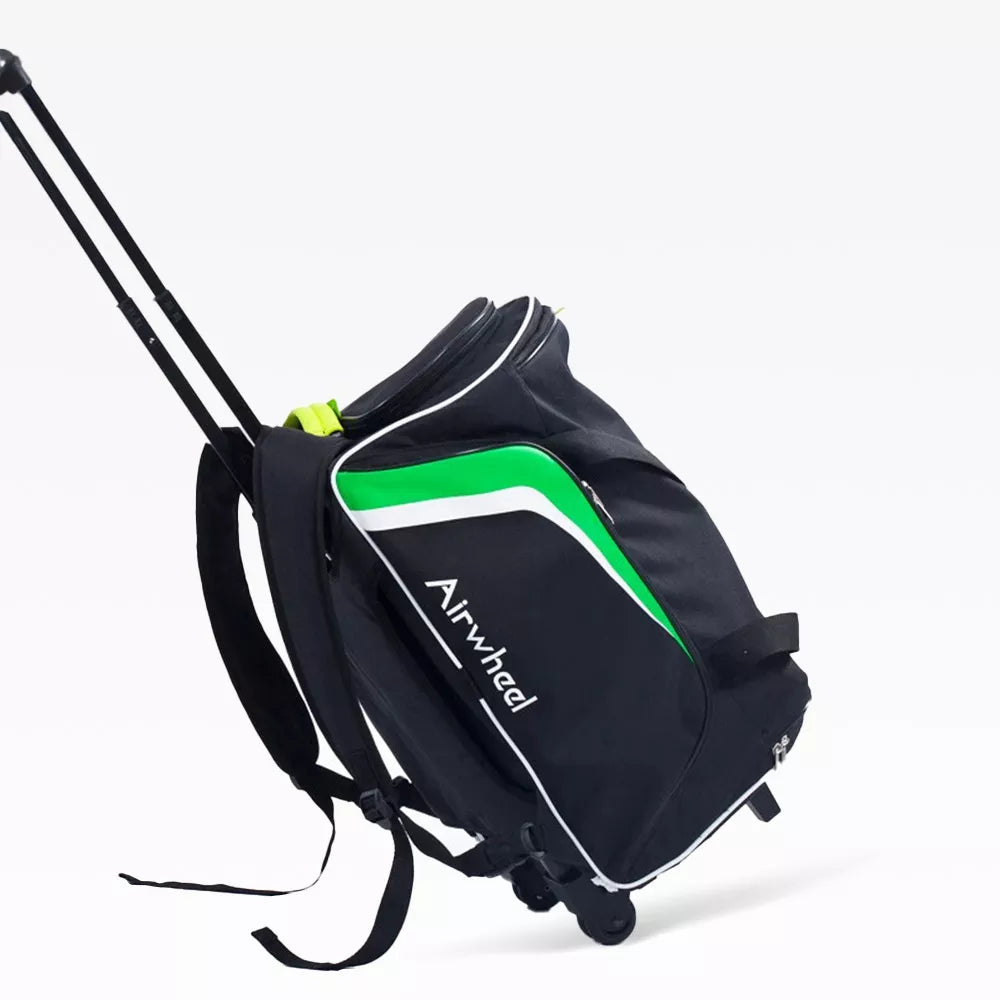
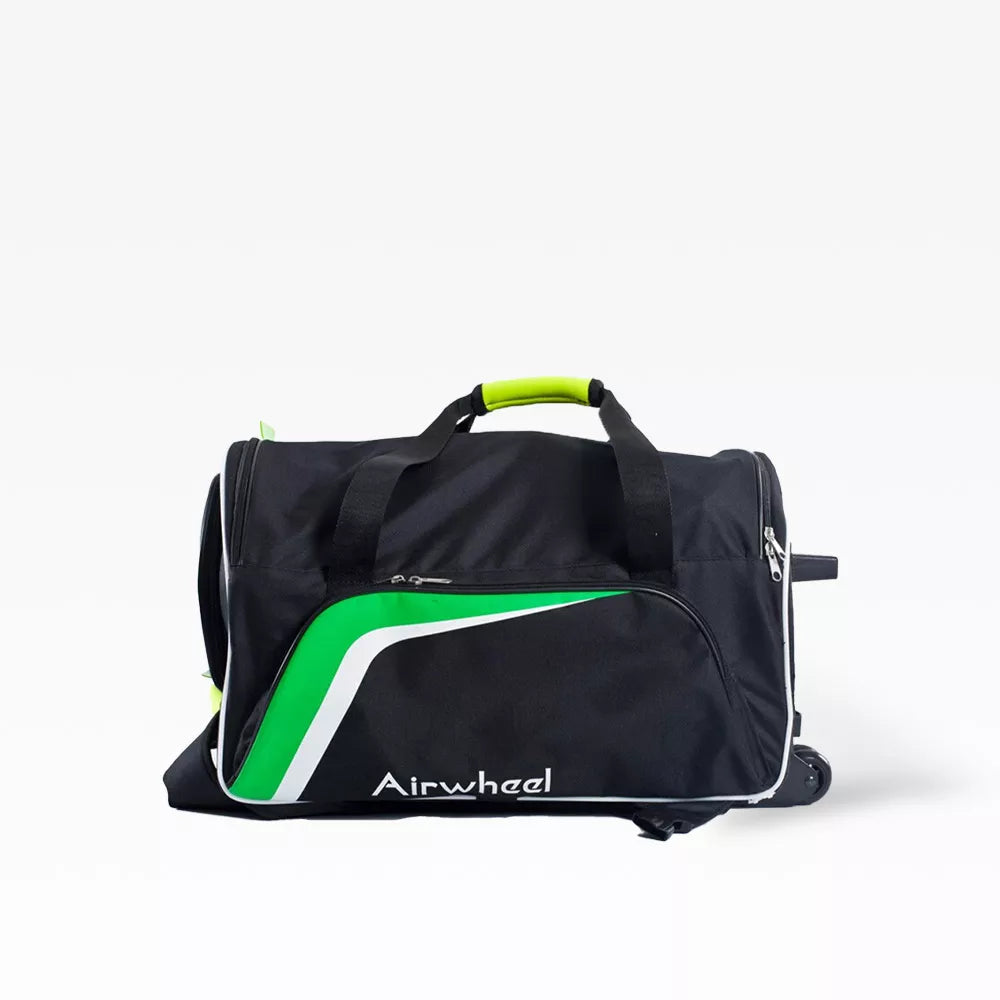

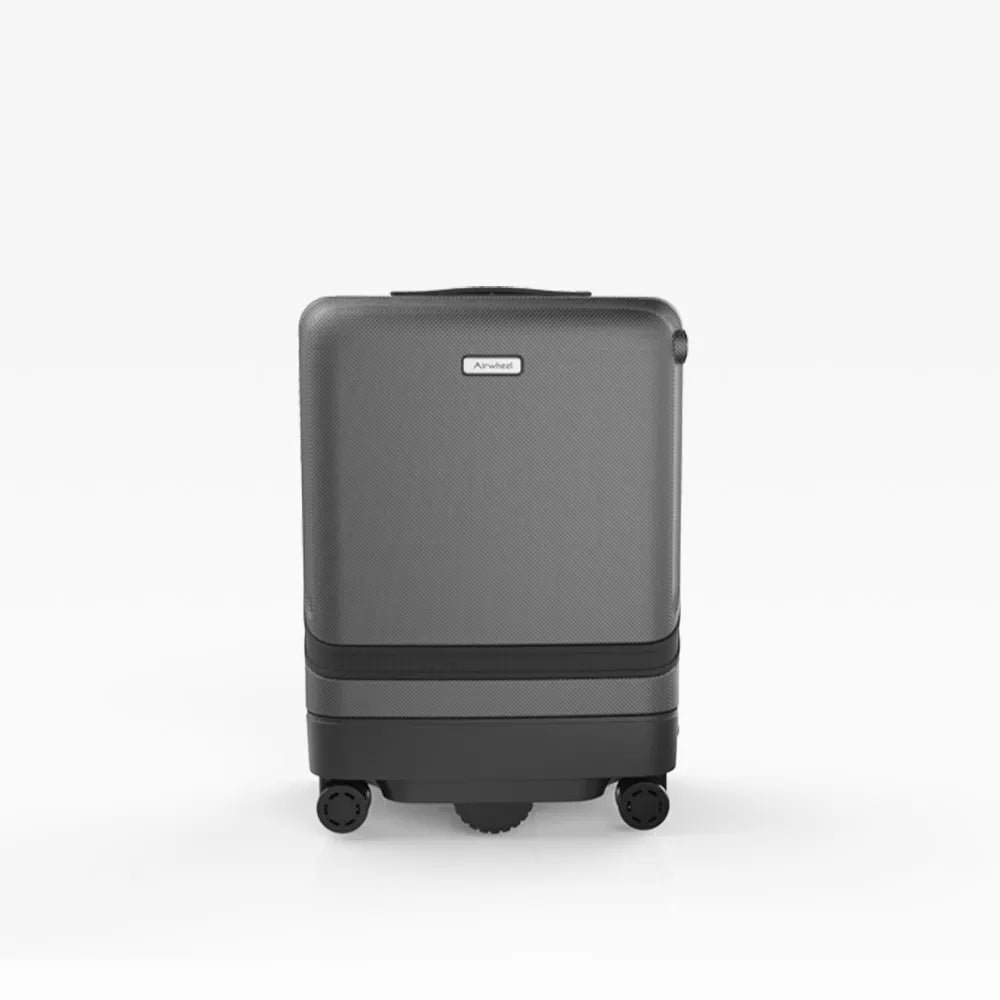
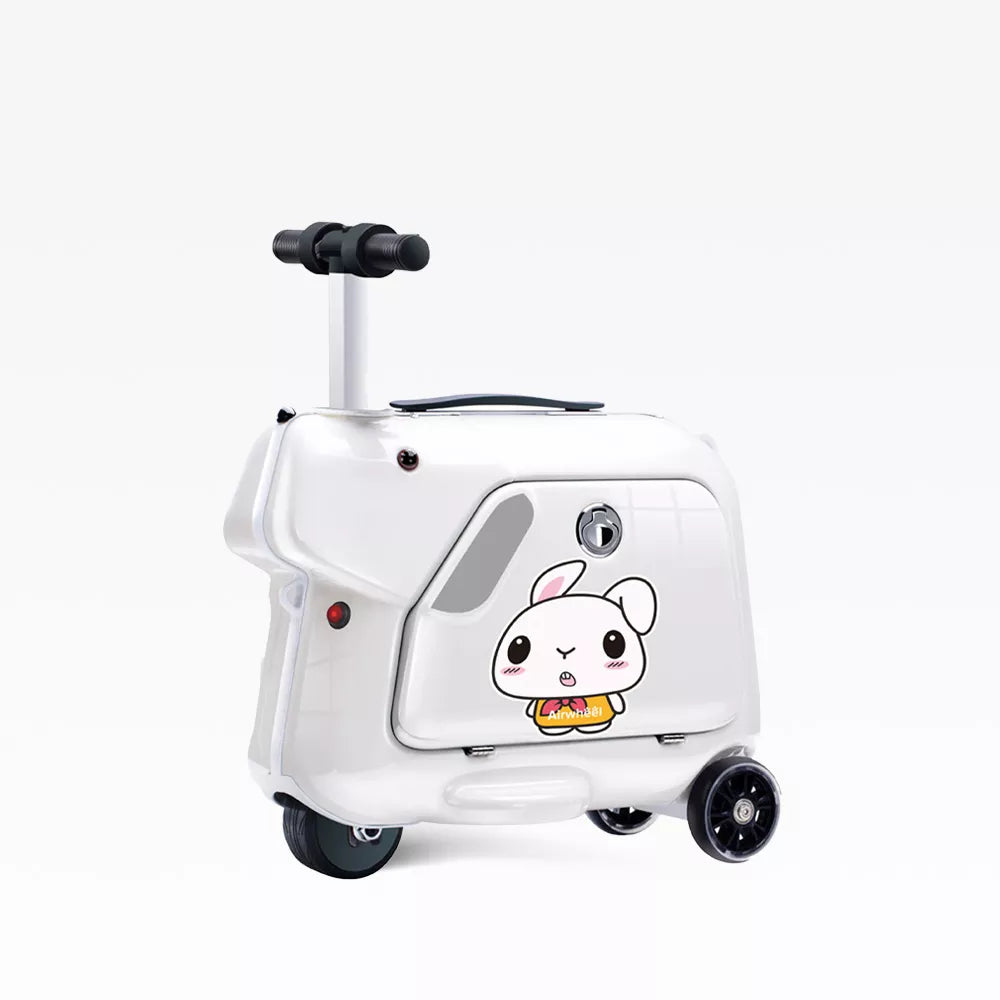

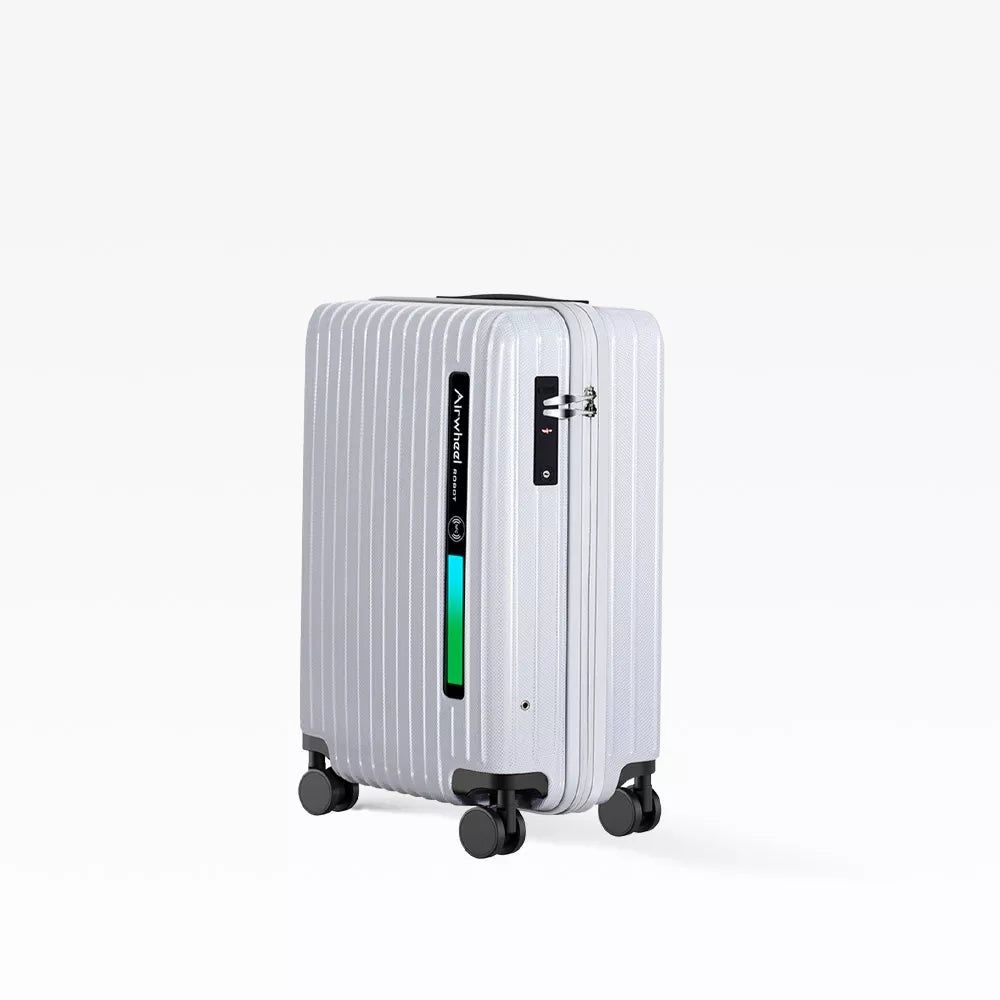
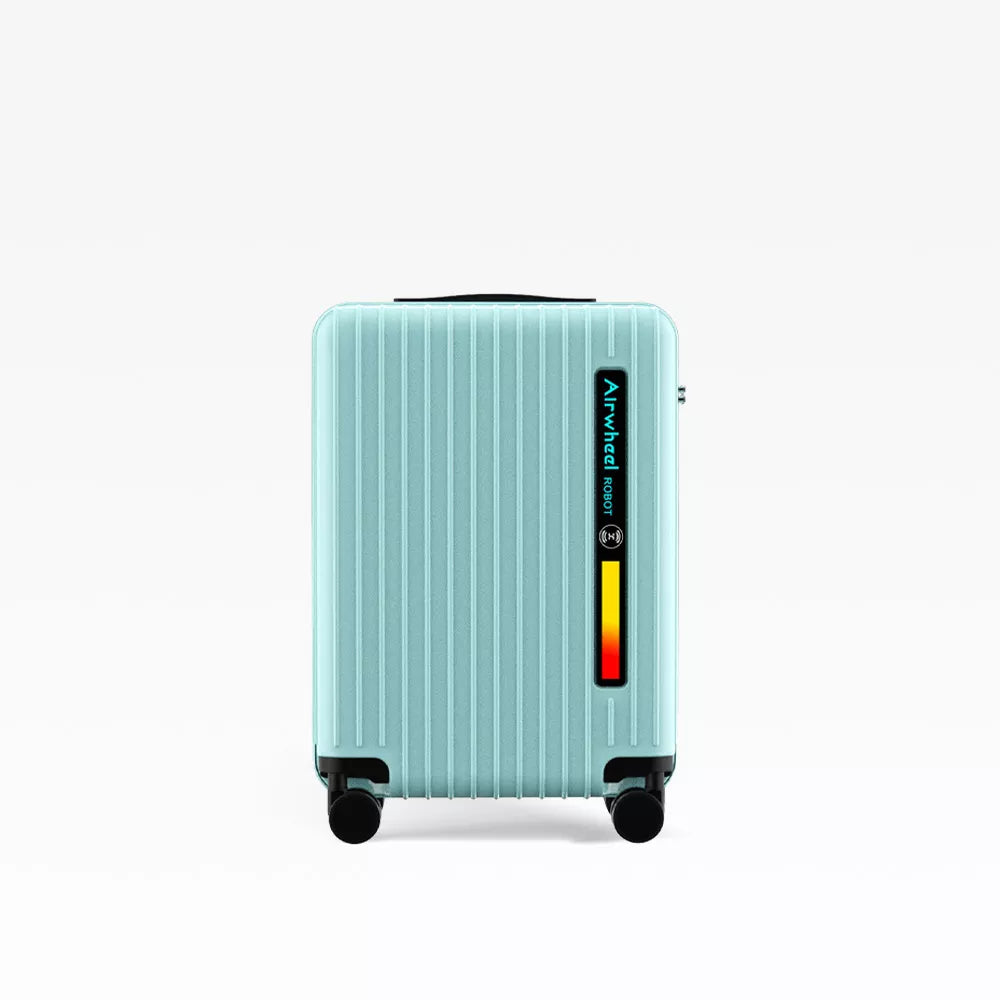
Leave a comment
Situs ini dilindungi oleh hCaptcha dan berlaku Kebijakan Privasi serta Ketentuan Layanan hCaptcha.